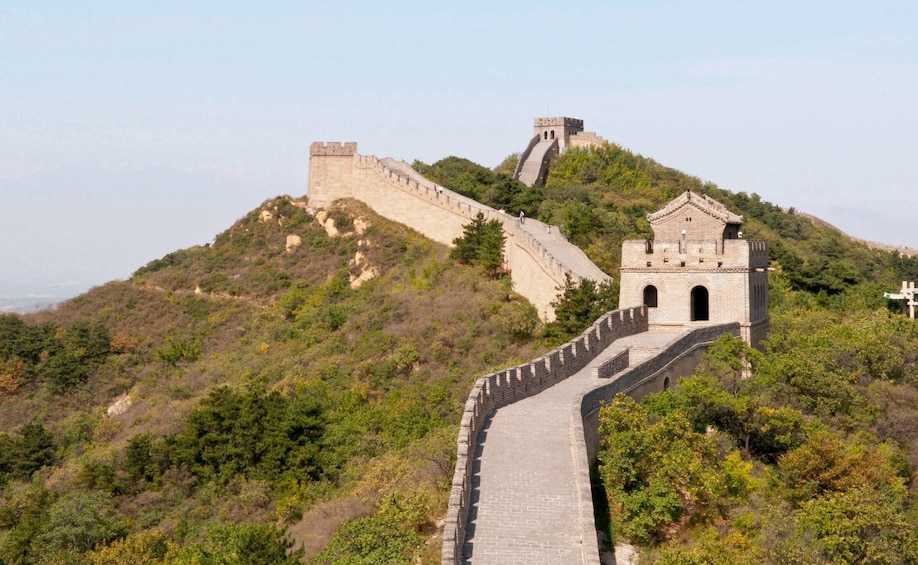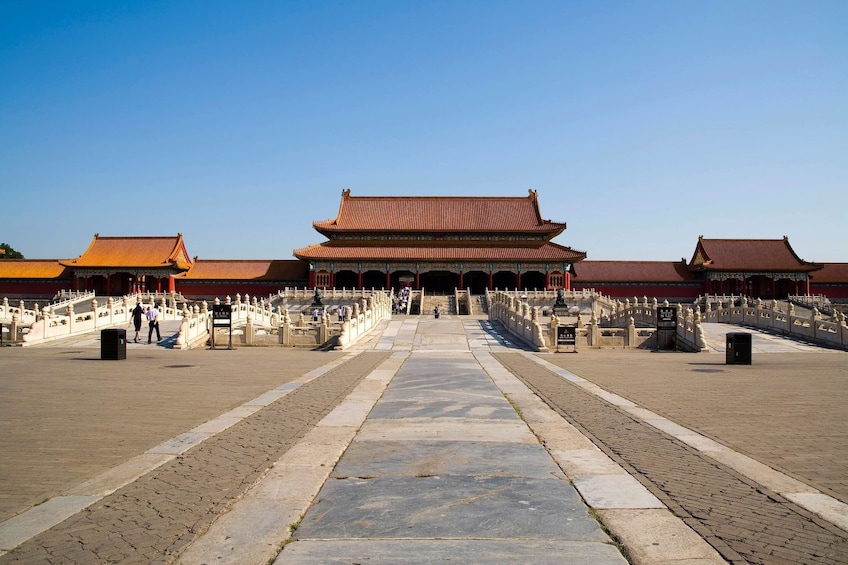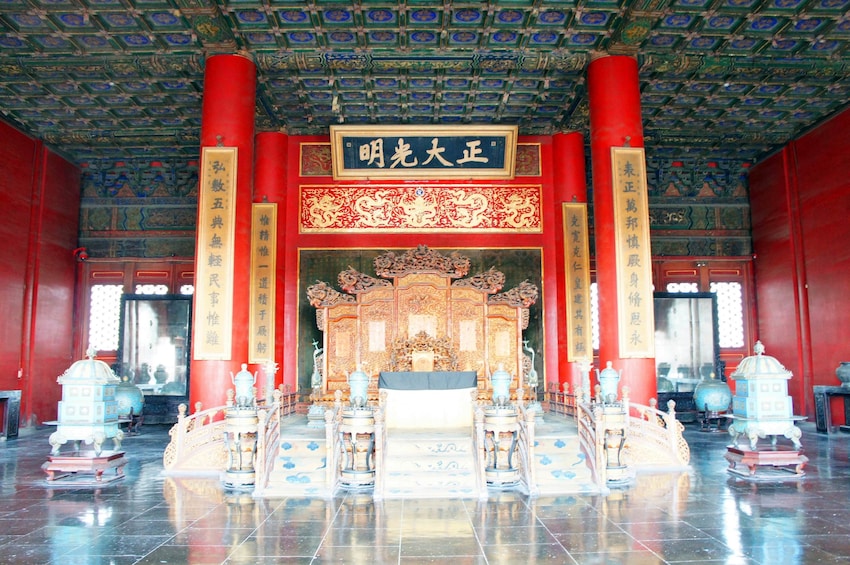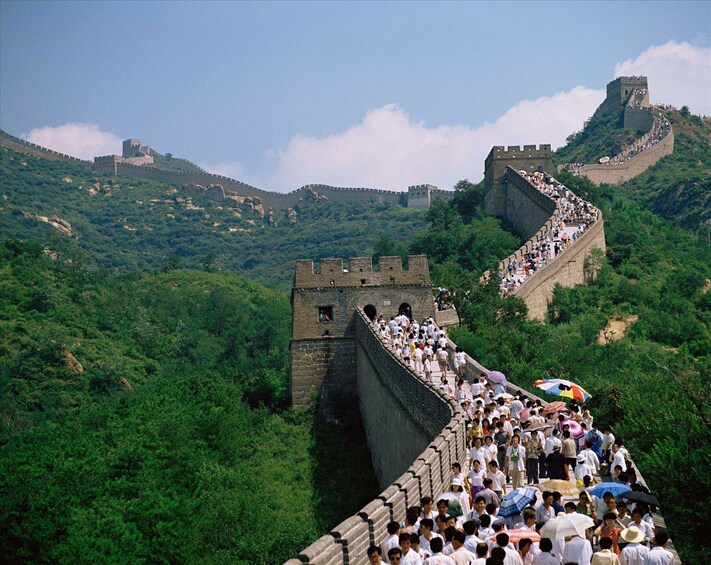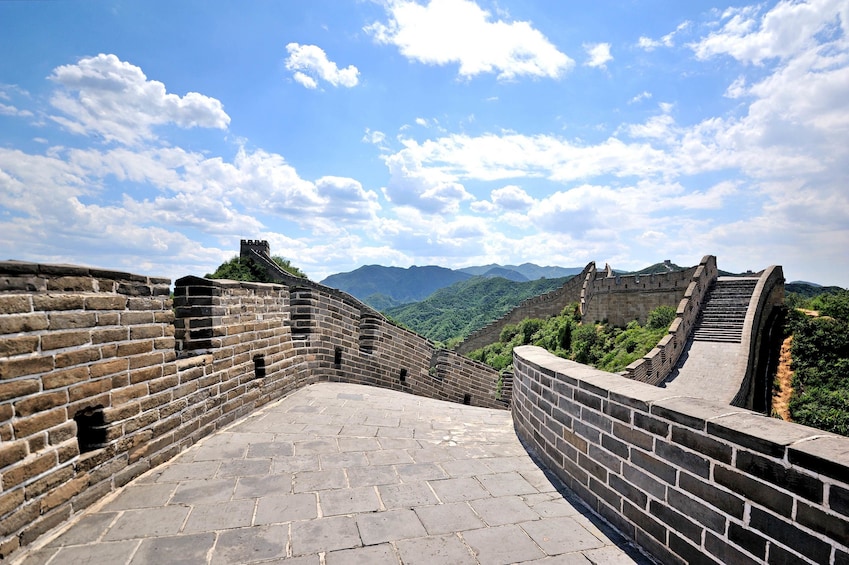Beijing became China's capital in 1421 & was to remain so until the collapse of the imperial regime in 1911. Until the late 19th century, Westerners were allowed to reside there and all trading links had previously been restricted to Canton. The city has shifted location in the past several thousand years, but the spatial dimensions have remained fairly constant over time.
Forbidden City: It was the Chinese imperial palace from the Ming Dynasty to the end of the Qing Dynasty. It now houses the Palace Museum. For almost five centuries, it served as the home of the Emperor and his household, as well as the ceremonial and political centre of Chinese government. Built from 1406 to 1420, the complex consists of 980 surviving buildings with 8,707 bays of rooms and covers 720,000 square metres (7,800,000 square feet). The palace complex exemplifies traditional Chinese palatial architecture, and has influenced cultural and architectural developments.
Great Wall: It is one of the greatest wonders of the world, and a World Heritage by UNESCO. Like a gigantic dragon, the Great Wall winds up and down across deserts, grasslands, mountains & plateaus, stretching approximately 8,851.8 kilometres (5,500 miles) from east to west of China. With a history of more than 2000 years, some of the sections are now in ruins or have disappeared. However, it is still one of the most appealing attractions all around the world owing to its architectural grandeur and historical significance.
